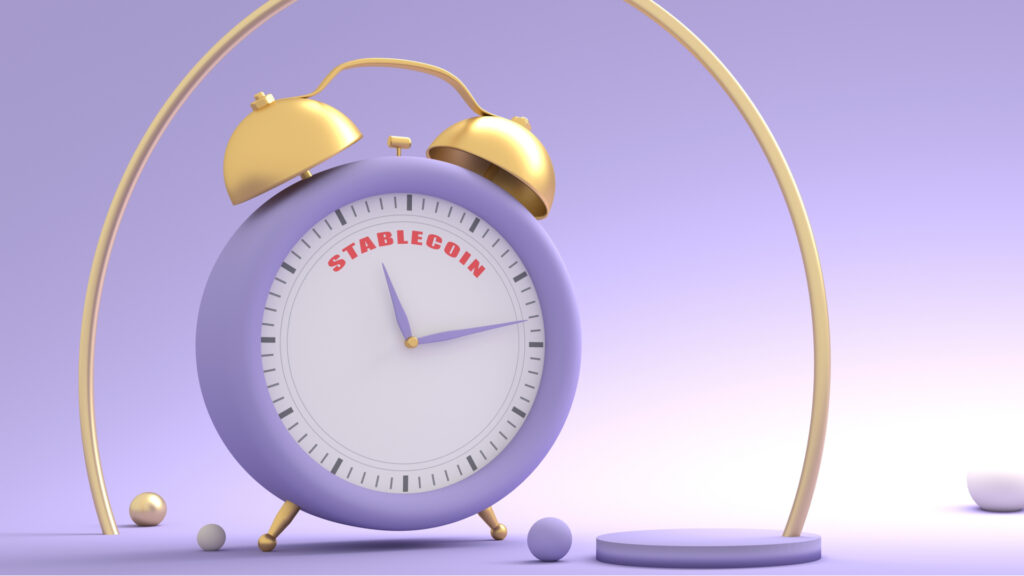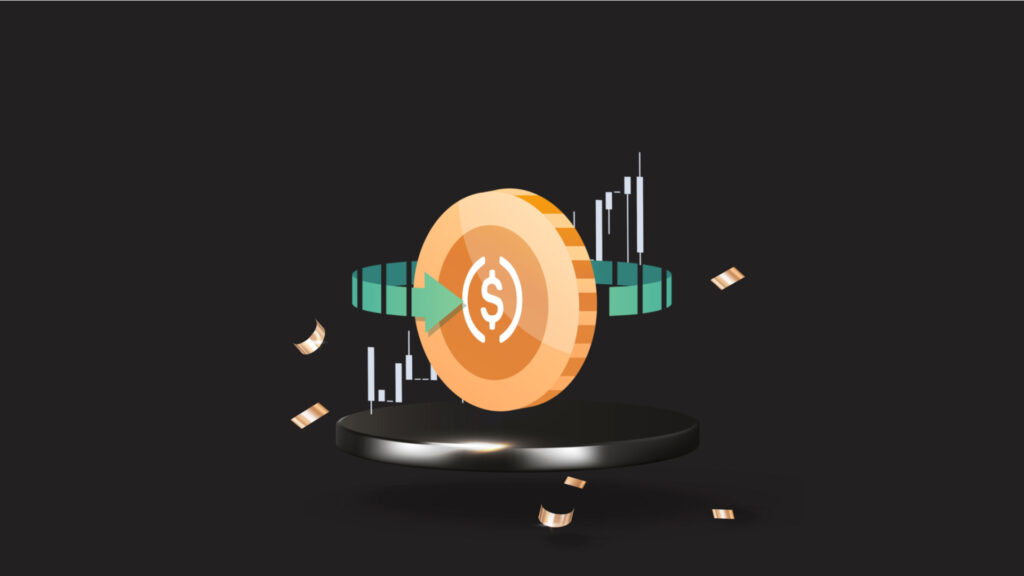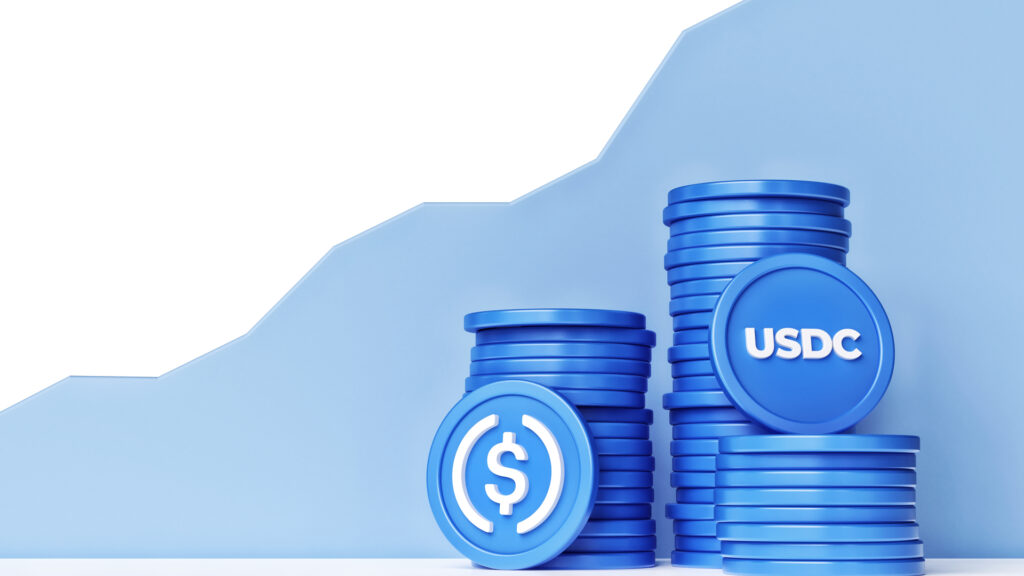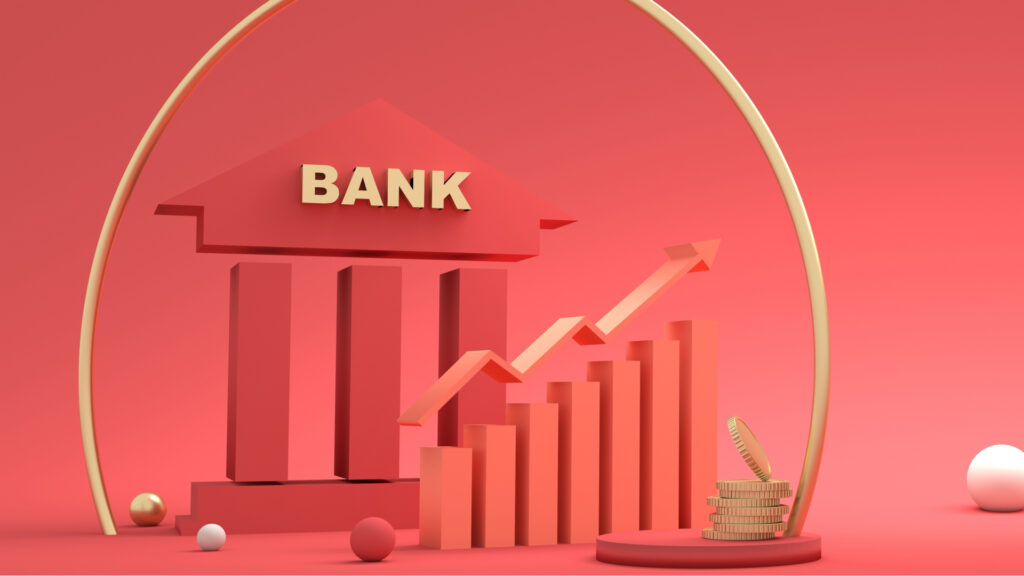Stablecoins are called the future of cryptocurrency, but are they? Let's find out what they are, their functions, and how to create your stablecoin or buy the most profitable one.
What is a stablecoin?
What are stablecoins? It is a bridge between the world of fiat currencies and blockchain-based currencies. Stablecoin is a crypto coin whose exchange rate gets pegged to a specific fiat currency from the US dollar, the Euro, the Pound Sterling, the Yen, the Rouble, and so on, or a precious metal like gold. Simply put, you should only peg it to the real existing asset. Therefore, in a sense, stablecoins can be called derivatives because they are secondary instruments that depend on the behaviour of the primary mechanism. Although they are, as is clear from the name and any stablecoin stock, stable, they are not as exposed to the volatility of the cryptocurrency market as the same Bitcoin.
It is always the case that the top stablecoins get backed by something well-known and solid. For example, the USDC coin from the Circle payment system, running on the Solana blockchain payment system, gets secured by dollar assets equal to its value. That is, 100 USDC coins will equal 100 US dollars. The same can be said about Tether stablecoins. Furthermore, the credibility of all pegs gets checked by independent regulators. Simultaneously, the coin retains all the advantages of blockchain:
- It is decentralised — although not entirely.
- Its transactions are lightning fast.
- Their cost is significantly lower than when using fiat currencies.
Therefore, a stablecoin is the “new black” of the cryptocurrency market, and more and more investors are paying attention to it.
Stablecoins vs Bitcoin
How is stablecoin different from Bitcoin? In that, it gets tied to an asset like fiat currency. But what is the point of stablecoins if they become like fiat? The fact is that this, unlike Bitcoin, allows you to stabilise the currency and be sure that tomorrow it won't — assuming there is a collateral reserve — go down to the floor simply because of the high volatility of the market. Furthermore, investors, who pour hundreds of thousands of dollars into the crypto market daily, can't help but like that. All their worries disappear when they look at the rate of stablecoins: it does not change much, especially if the coin gets tied to a precious metal whose value is almost always increasing.
What are the uses of stablecoins?

Investors use a whole list of stablecoins to minimise the volatility of their portfolios. They know what stablecoin price awaits them tomorrow, and that's why they've been buying such coins for years. In addition, many of these kinds of coins in the portfolio allow taking more risks by buying new cryptocurrencies, which are just waiting for their moment of stardom. Furthermore, all this happens inside stablecoin staking — there is no need to create a separate account to store coins.
Often, stablecoins get used for investments. You can either buy the coins and wait for them to appreciate, buy them and invest them in something, or use them to buy a derivative (a secondary investment product already based on something). We'll talk about investing in stablecoins a little later in this article.
Stablecoins also frequently become an alternative to fiat currency. For example, suppose a user can't buy fiat for some reason. In that case, they go to a stablecoin market cap on, for instance, Coinbase and choose a coin they trust the most, be it USDP or USDS — both get tied to the American dollar, and both are equal to it in proportion 1:1 — and buy it with minimal commission. Then the coins can be stored, converted, or withdrawn. In general, you can do anything with them, keeping your savings intact and not worrying that they may be worthless tomorrow. Moreover, because of imperfect legislation, they are unlikely to be ordered to collect if the country declares a provision that provides for the peremptory renunciation of money and real estate in favour of the state on the first demand.
You can also use stablecoins in DeFi-credit, available to more advanced crypto investors, and staking, which means making money from cryptocurrency by keeping it in an active (internet-connected) wallet without attempting to exchange or sell it. Stablecoins also significantly reduce trading commissions without losing anything by converting fiat currency into crypto.
How do stablecoins work?
Stablecoin gets tied to the price of another asset: currency, precious metal, security, and so on. The value of a stablecoin is most often equal to one unit of that asset, or as close to it as possible. It cannot be said that the safest stablecoin is only the one that is tied to the US dollar, like GUSDT from Gemini; nowadays, coins whose collateral is a basket of securities are becoming increasingly popular. In practice, that means that behind one stablecoin is one dollar, one euro or pound, one part of a basket of securities, one part of a gold bar, and so on. All this wealth is not stored in a blockchain — though not always — but in third-party verified accounts.
It turns out that by buying DAI, or DJED stablecoin from Cardano, their answer to USDT, you are investing in the dollar to which they get pegged. In turn, when you buy GYEN, which, by the way, is regulated by the New York State Department of Financial Services, you are investing in the Japanese yen. So, yes, government organisations can act as regulators of stablecoins, and they very often become issuers of these kinds of coins. But, again, it's a way of tracking industry changes and trying to control one of its segments.
Stablecoins are sometimes tied to Bitcoin! That's what the creators of Wrapped Bitcoin did with WBTC. Now you can buy an asset whose value will change according to the Bitcoin rate in the Ethereum network. It is not a direct purchase of Bitcoin, so you are not at risk of crypto market volatility, making the coin very popular among investors.
Types of stablecoins. What you need to know before buying them

You can divide stablecoins into four main categories:
- Fiat. This is a coin backed by fiat currency. Usually, one coin equals one fiat currency unit, but other cases are also possible. Fiat stablecoins are the most popular on the market.
- Cryptocurrency coins. Such coins are backed by crypto, typically a quite successful and not particularly volatile one. Cryptocurrency stablecoins use the volume of crypto stocks to which they get pegged as “stability collateral”. This allows them to correct for not-so-serious drawdowns. Investors use such coins with a shorting strategy to get to profit quickly.
- Commodities. These stablecoins get tied to commodities: precious metals, industrial metals, real estate, oil, gas and so on. Sometimes this kind of currency is called the best stablecoin — its value almost always increases. For example, Tether gold gets pegged to the stock of gold and shows steady growth.
- Algorithmic. Algorithmic stablecoins are cryptocurrencies not backed by fiat currency, Bitcoins, or commodities that use algorithms to modulate supply, which depends on market demand and on how much investors push the prices of coins. Such a coin was USTC from Terra.
Are stablecoins safe?
How safe are stablecoins? Is everything as rosy as it seems at first glance? Yes, if we are talking about coins backed by something: dollars, yens, gold, gas, in short, anything substantial. If real assets do not support the crypto coins, as with TerraUSD, they can collapse in a few hours. Terra and its coin project Luna converted the coins when they reached a certain minimum. The cryptocurrency was not secured by anything other than the developers' opinion and investor demand. Experts suggest that when the hackers found one discrepancy in the coin's code, they realised that real reserves would not back it because it was algorithmic. They then collapsed its exchange rate by putting huge amounts of TerraUSD up for sale. Resultingly, the stablecoin collapsed and has not recovered since then. Courts in some countries even accepted the claims of investors against the Terra issuer. Unsecured stablecoins are struggling to survive the crypto crash even now, although several months have already passed since then.
Should owners of stablecoins that are secured by something be afraid? Could stablecoins “fall,” causing the billion-dollar hedge fund invested in them, individual investors, and the entire industry to collapse? Absolutely not if there are real assets behind the coins! The rate of such coins can fluctuate just a little: Binance USD, for example, deviated by 0.18% from the norm, that is, from $1, which already caused questions from investors. Large companies believe in stablecoin: for example, since 2021, Visa has been using stablecoin to settle transactions. The company uses USDC as a stablecoin. And the PayPal system, in turn, is launching its own stablecoin, which it announced in the middle of 2022. Would the international financial giant turn to stablecoin if it was not sure of its safety? Would it create its stablecoins if the development was not promising? I don't think so.
How to create a stablecoin

How can you launch your stablecoin? We will tell you all the details in our mini-guide below.
- Determine the type of coin you want to develop. It can be secured and unsecured, as listed above in the list of stablecoin types. To choose the right one, think about what kind of coin liquidity you need, what level of decentralisation you want to achieve, whether you're ready for audits, and whether you can even maintain a complex coin architecture every day.
- Determine the technology you will use to develop the coin. For example, you can create a crypto coin on Ethereum, Tron, EOS, etc. Most modern stablecoins run on Ethereum. Nevertheless, developers have recently started to turn to EOS more, calling this system “the future of stablecoins.”
- Assess the level of liquidity you want to achieve. Without a high level of liquidity, that is, the ability to sell coins at any time at market value, the stablecoin will be useless. Evaluate inflation and the cost of building reserves if needed, the level of transaction fees you consider acceptable to start with, and the level of effort to stop coins from selling in secondary markets at discounted prices. Yes, it does happen everywhere.
- Create a technical design for the coin. Here you will have to either learn how to program or hire a specialist who can design the technical component of the coin. That is where you will need to pay attention to system design: how the user will interact with your coin, the website, and the app. The next mini step will involve developing smart contracts and then running nodes on the blockchain platform where the coin will get hosted. Finally, you run the coin on a test network. The easiest way to do it is to use Ethereum — it has lots of test networks. After fixing problems that may have occurred during test uses, you'll be able to run your stablecoin on the main network. We do not advise starting without a test — many bugs get revealed during it, and developers who release a coin without launching it in a test network often face the need for a hard fork, which basically means to “reset to factory settings”.
How to buy stablecoins
Why buy stablecoins? To diversify your investments — stablecoin interest rates go up to 15% per year! But how do you buy it? Well, firstly, use a trusted cryptocurrency exchange. It is better to start with the largest exchanges like Coinbase and Binance. Create an account on the exchange, and deposit fiat currency via e-wallet or bank transfer. Then you can choose coins among those presented on the exchange and buy them. They will get stored in your wallet inside the exchange. After that, you can sell or exchange them anytime. Crypto exchange works the same way as the “common” one: the same glass with bid and ask rates and the same rules for making offers. Only it works 24/7, not strictly defined hours, and buying and selling commissions are often less than at traditional exchanges.
How to invest in stablecoins

Investing in stablecoins is explained in a few points below. There are only three main ways of earning, but it’s not about the quantity!
- Buying coins. You can purchase coins and keep them in your account, speculating in the exchange rate differences. That's what most investors do, seeking to diversify their portfolios. The method does not require much knowledge or effort.
- Buying derivatives on coins is a more complex transaction: you buy a stablecoin (and it is a derivative in itself) instrument based on the behaviour of another instrument. For example, the secondary instrument could be buyer interest in cereal, the number of migrating birds in the region, the dollar, or the position of Mars. Derivatives in the cryptocurrency market work the same way as in the fiat currency market. You can buy an opportunity to buy an asset at a certain price after a certain period; you can buy an obligation to sell the asset with the same conditions.
- Purchasing coins and crediting them. This option is not available for all investors because for credit you need to join the pools and agree with the platform inside which it will take place. But you can earn a lot of money on credits — you will hardly get so much in the derivatives, especially being a beginner on the market. You can also offer stablecoins to a company that lends to large clients. It will issue credit using your money. In this case, you will earn less than using a direct lending, but the earnings are more reliable and safer in terms of return on investment.
What is the best stablecoin?
The best and most popular stablecoins among investors right now are Tether (USDT), USD Coin (USDC), BUSD, Dai (DAI) and TrueUSD (TUSD). The value of all these coins, not counting the last one, is one US dollar. The last coin, which is TUSD, will cost you $0.99. The total capitalisation of these coins reaches hundreds of billions of dollars.